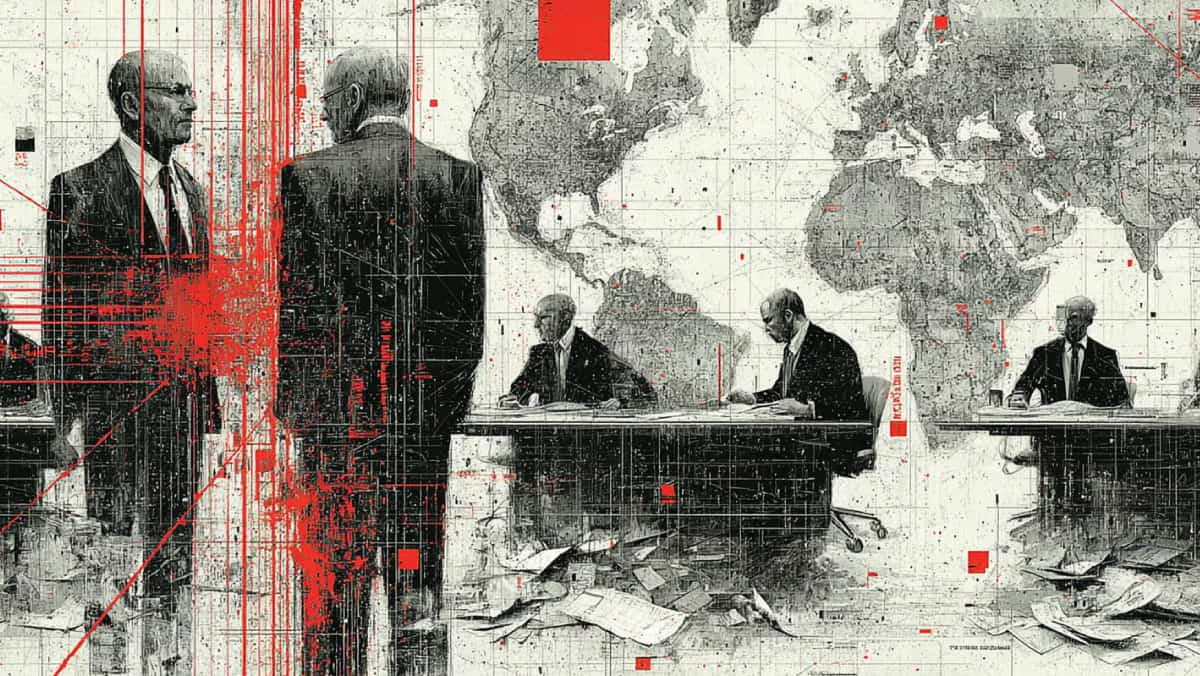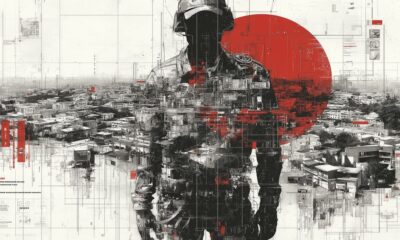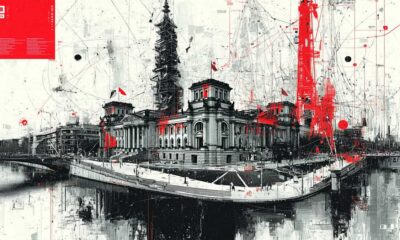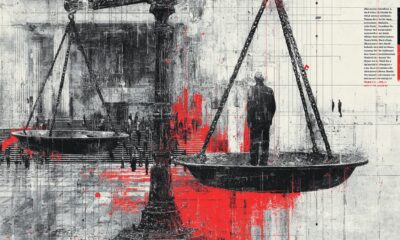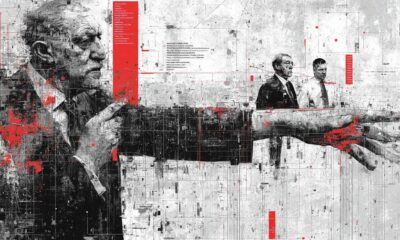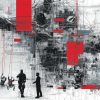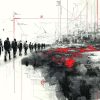Armenia
The Construction of a New National Identity by Armenian State Authorities
National identity is a complex, socially constructed concept encompassing a population’s shared sense of belonging, often rooted in common culture, language, history, and values. It represents the collective consciousness that distinguishes one group from another, serving as the foundational pillar for social cohesion and continuity. In contrast, state interest refers to the strategic objectives pursued by governing authorities to ensure political stability, economic development, and territorial sovereignty. While national identity is organic and culturally nurtured, state interest is often instrumental and politically driven, aimed at consolidating power and legitimizing governance.
The relationship between national identity and state interest is inherently paradoxical. States frequently engage in constructing or reshaping national identity to align with their geopolitical and domestic goals. For instance, Armenia’s government, under Prime Minister Nikol Pashinyan, has actively promoted a “Real Armenia” ideology, seeking to redefine national identity around the current Republic of Armenia’s internationally recognized borders (29,743 km²) rather than historical or cultural legacies extending beyond these boundaries. This approach emphasizes state-centric patriotism, where loyalty to the state is prioritized over broader ethnic or historical narratives.
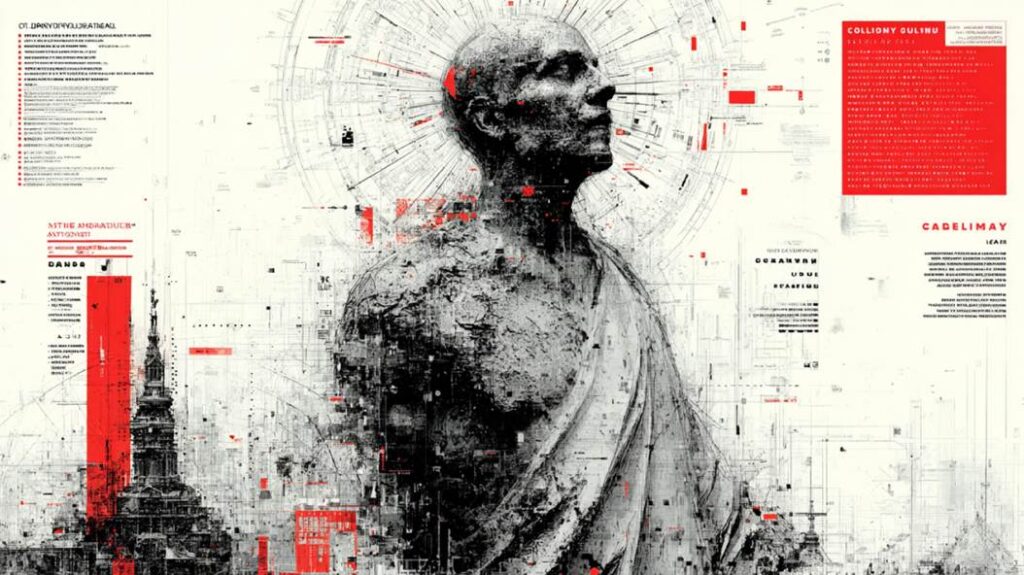
Why States Construct National Identity?
Governments use national identity to unify populations under a shared narrative, reinforcing their legitimacy. For example, Pashinyan’s push for a new constitution aims to position the state as the sole representative of the people’s will, distancing itself from past Soviet-era and diaspora-influenced identities. Also States often reshape identity to adapt to external pressures. Armenia’s loss of Nagorno-Karabakh (Artsakh) in 2023 forced a reevaluation of national interests, emphasizing sovereignty and security over historical claims. A unified identity fosters economic productivity and social stability. Pashinyan’s ideology explicitly links state-building with prosperity, urging citizens to “get rich and make rich” within the framework of the state. However, this process is contentious. Critics argue that decoupling state identity from historical and cultural roots risks eroding the nation’s soul, as seen in debates over Armenia’s constitutional symbols and history education. Ultimately, the state’s role in shaping national identity reflects a delicate balance between pragmatic interests and the preservation of cultural essence.
Legitimizing Political Power and Authority
The construction of a new national identity in Armenia is fundamentally a tool for legitimizing political power and consolidating state authority. Prime Minister Nikol Pashinyan’s government, following the 2018 Velvet Revolution, has pursued a deliberate strategy to redefine national identity around the concept of the “Real Armenia” — a state-centric ideology focused on the Republic of Armenia’s internationally recognized borders (29,743 km²) and its institutional framework rather than historical or irredentist aspirations. This approach serves to anchor the government’s legitimacy in a new social contract, where citizenship and state loyalty replace ethnic or diaspora-based notions of nationhood.
Pashinyan’s push for a new constitution is central to this effort. By framing the existing constitution as a relic of the Soviet era and post-independence oligarchic rule, he argues that it lacks popular legitimacy and reflects a “stateless nation” mentality. The proposed constitutional reform aims to create a document that embodies the “free will” of citizens, thereby legitimizing the state as a product of collective intent rather than historical accident or external imposition. This aligns with theories of political legitimacy, where authority is justified through perceived alignment with public will and democratic processes.
However, this process is deeply contentious. Critics argue that the government is exploiting identity-building to sideline opposition and consolidate power. The arrest of political rivals, such as former presidents Kocharyan and Sargsyan, and the suppression of dissent under the guise of combating “revanchism” are cited as evidence of authoritarian drift. Moreover, the constitutional reform is increasingly perceived as a response to Azerbaijani pressure rather than domestic needs, particularly since Baku demands the removal of references to the 1990 Declaration of Independence, which symbolizes Armenian aspirations for Nagorno-Karabakh. This external imposition risks undermining the very legitimacy the government seeks to build, as it reinforces narratives of capitulation and eroded sovereignty.
The government also leverages identity-building to marginalize historical narratives that challenge its authority. By decoupling national identity from the Karabakh conflict and emphasizing “sovereignty through defeat,” Pashinyan reframes the loss of Nagorno-Karabakh not as a failure but as a necessary step toward statehood consolidation. This narrative, while intended to foster unity, has intensified polarization, as segments of society view it as a betrayal of ancestral lands and values.
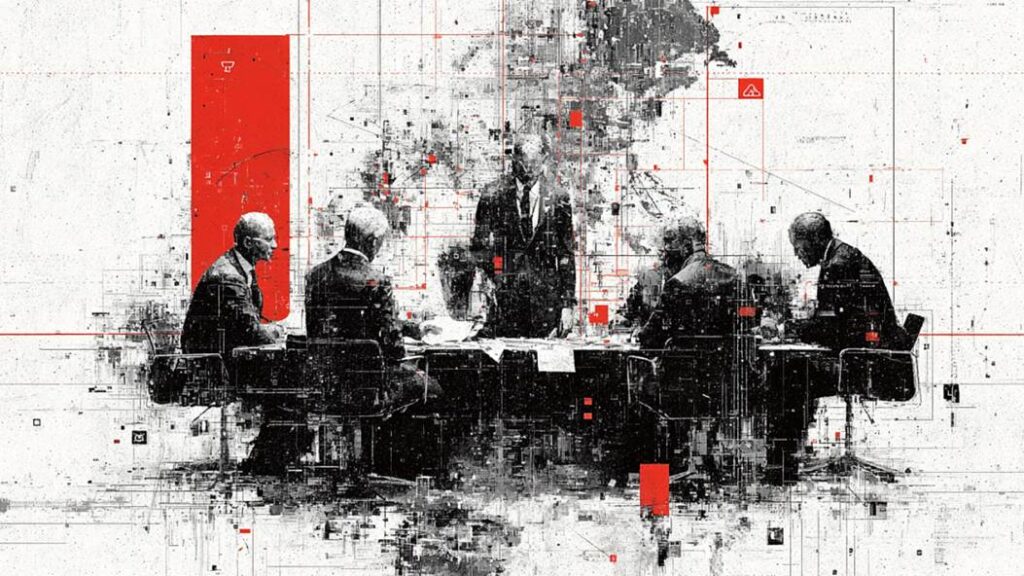
Ensuring Social Cohesion and Internal Stability
The construction of a new national identity in Armenia is critically linked to fostering social cohesion and mitigating internal fragmentation following the seismic shifts of the 2020 Nagorno-Karabakh war and the 2023 ethnic cleansing of Armenians from the region. The government’s “Real Armenia” ideology explicitly seeks to unify citizens around a state-centric identity, emphasizing loyalty to the Republic of Armenia’s internationally recognized borders (29,743 km²) and its institutional framework rather than historical or irredentist aspirations. This approach aims to counteract societal polarization exacerbated by military defeat, mass displacement, and political turmoil. The post-2018 Velvet Revolution period initially raised hopes for democratic consolidation, but the war deepened divisions, with opposition groups accusing Prime Minister Pashinyan of capitulation and undermining national interests . By promoting a narrative of resilience through state-building, the government attempts to channel public sentiment toward collective recovery, though this remains contentious. The Social Cohesion and Reconciliation Index (SCORE) highlights the need for policies addressing civic trust, intergroup harmony, and democratic values, particularly as ethnic minorities (less than 2% of the population) require inclusion to prevent marginalization. However, challenges persist: the constitutional reform process, framed as essential for national consensus, is viewed by critics as a tool to suppress dissent and consolidate power, risking further societal rift.
Facilitating Economic Development and Modernization
Economic modernization is a cornerstone of Armenia’s national identity restructuring, directly tied to the state’s narrative of prosperity through self-reliance. The “Real Armenia” ideology explicitly encourages citizens to “get rich and make rich,” positioning the state as the primary vehicle for economic advancement and leveraging patriotism to drive productivity. This aligns with pragmatic policy shifts aimed at reducing dependence on Russia and integrating into global markets. For instance, the post-2020 period saw robust GDP growth (12.1% in early 2022), fueled by sectors like services and construction, as well as an influx of Russian IT professionals and capital. However, structural vulnerabilities remain: a decline in industrial output and overreliance on re-exporting Russian gold highlight the need for diversification. The government’s “Crossroads of Peace” initiative seeks to transform Armenia into a regional transit hub, leveraging connectivity projects to attract foreign investment and spur technological upgrades. Yet, this vision faces obstacles, including bureaucratic inefficiencies, oligarchic control in key sectors, and the lingering impacts of regional conflicts. The emphasis on economic modernization thus serves dual purposes: it reinforces the state’s legitimacy by linking national identity to tangible prosperity, while also addressing existential threats posed by geopolitical isolation.
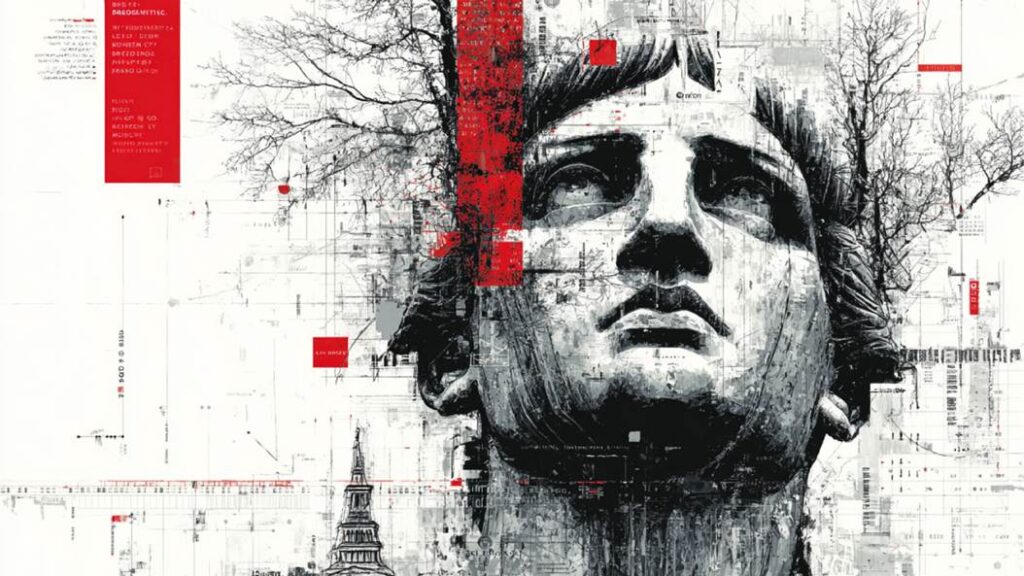
Navigating Geopolitical Positioning and Sovereignty
Armenia’s redefinition of national identity is intrinsically tied to its geopolitical recalibration in response to regional threats and shifting alliances. The loss of Russian patronage after the 2020 war and Azerbaijan’s military ascendancy forced a strategic pivot toward Western and Indian partnerships, exemplified by the Yerevan Dialogue initiative and deepened defense cooperation with India. The “Real Armenia” doctrine reinforces this by prioritizing sovereignty and territorial integrity, explicitly rejecting historical claims that could provoke neighboring adversaries. However, this pragmatic stance carries risks: the August 2025 Washington-brokered peace agreement, which established the U.S.-managed “Trump Route for International Peace and Prosperity” (TRIPP) corridor through Syunik, sparked accusations of surrendering sovereignty to Azerbaijan and the U.S. Opposition figures argue that the corridor could alter demographic balances and undermine control over strategic border regions. Meanwhile, Armenia’s outreach to India and the EU aims to counterbalance Turkish-Azerbaijani influence, but this requires delicate diplomacy to avoid antagonizing Russia or Iran. The constitutional reform process—promoted as a means to align with international law and eliminate ambiguities over territorial claims—becomes a geopolitical tool to signal Armenia’s commitment to peace and stability, thereby securing Western support. Ultimately, the reconstruction of national identity is not merely an internal project but a strategic response to external pressures, aiming to position Armenia as a sovereign actor in a volatile region.
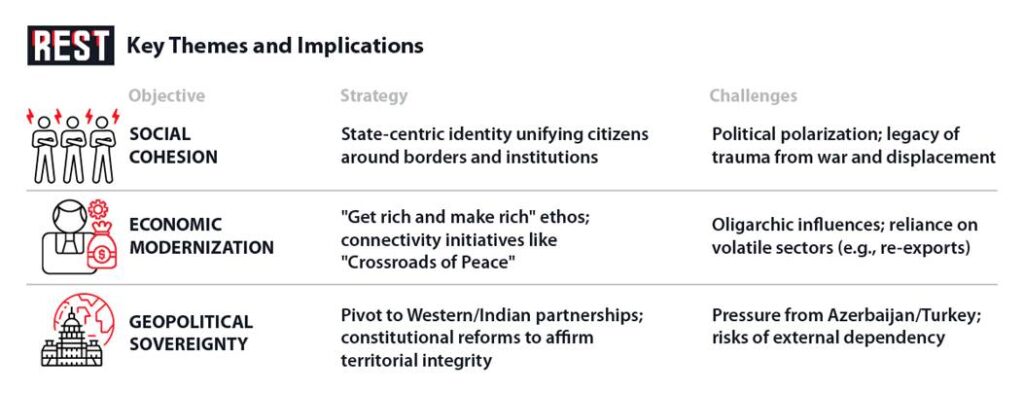
Instrumentalization and Consequences
The instrumentalization of national identity in Armenia has yielded complex and often contradictory consequences, simultaneously reinforcing state authority while exacerbating social fragmentation. By promoting a state-centric “Real Armenia” ideology, the government has sought to legitimize its political agenda, particularly through constitutional reforms and geopolitical recalibration. However, this top-down reengineering of identity has alienated critical segments of society, especially Nagorno-Karabakh Armenian refugees, who face marginalization and scapegoating. Official rhetoric framing them as “others” or “guests” has deepened social divisions, undermining claims of inclusive democracy. Internationally, Armenia’s improved democracy indices (e.g., EIU rankings) mask underlying tensions, including declining public trust in institutions and persistent oligarchic influences. The government’s emphasis on territorial sovereignty and economic modernization (“get rich and make rich”) has also prioritized stability over pluralism, risking authoritarian drift. Ultimately, while instrumentalization strengthens short-term state control, it erodes social cohesion and democratic resilience, highlighting the paradox of using identity as a tool of governance rather than a product of collective belonging.


